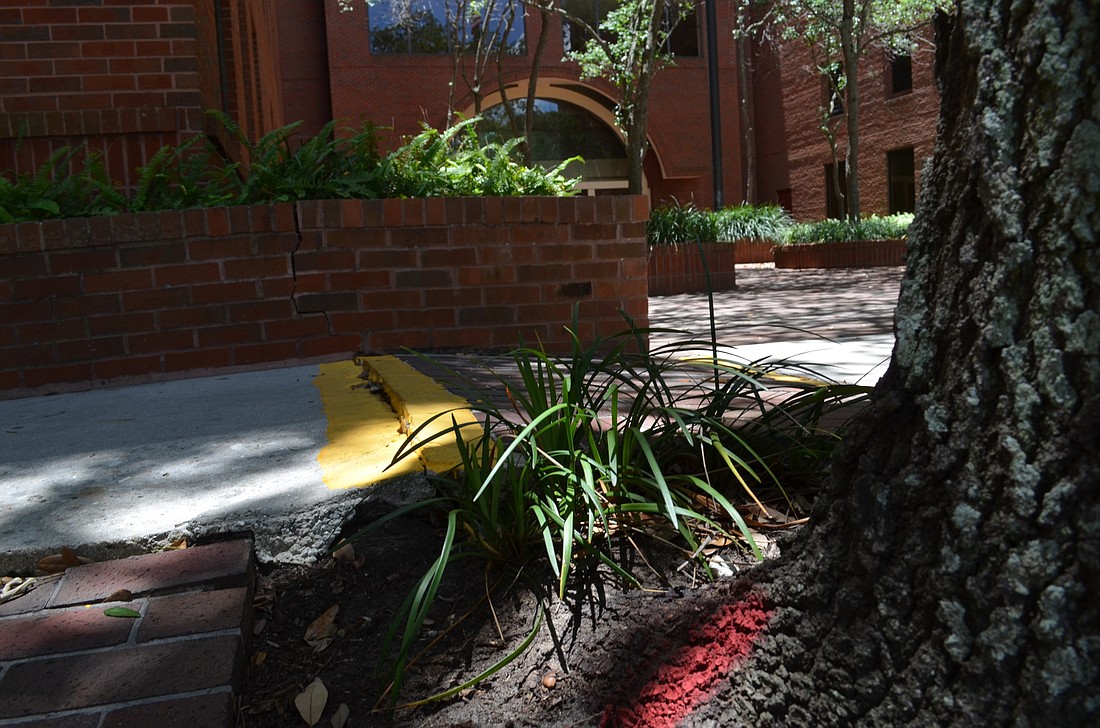- April 18, 2024
-
-
Loading

Loading

After working for more than two years to address issues with the city’s tree ordinance, Tim Litchet thinks it’s time for a different approach.
Litchet is the director of the city’s Neighborhood and Development Services department. It’s a position with wide-ranging responsibilities pertaining to building and planning, but one that’s become increasingly focused on one topic: trees.
As the rate of development in the city has increased, residents have expressed fears about the loss of trees associated with new projects. Attempts to modify the existing regulations have drawn complaints from both developers and residents, who suggest the rules are either too strict or not strict enough.
On Monday, the City Commission took a step toward hashing out the issues that the past two years of dialogue have failed to address. The board voted to create a Tree Advisory Board, made up of seven neighborhood and development representatives.
Litchet hopes that, within the next 12 months, the advisory board will help bring resolution to problems that staff has been unable to adequately solve.
Most of the efforts of the past two years have focused on strengthening the existing tree protection regulations. Residents have fought hard to preserve canopy trees, but Litchet thinks the conversation should be focused on instead finding the right tree for the right location.
He pointed to the 1800 block of Second Street, lined with oak trees planted along the sidewalk. The roots are beginning to rise up and dislodge portions of the sidewalk. Although those trees were planted more than 20 years ago, and there are ways to better manage the root systems beneath the sidewalk, Litchet said it’s a problem likely to recur if the city focuses on size above all else.
Particularly in the downtown area, where the zoning code encourages buildings with zero setbacks from the property line, there’s a limited amount of space to plant trees. When you account for the need to install utilities underground, too, planting large, shady trees won’t always be the best option, Litchet said.
“We’re going to have to start accepting that we’re going to have to start planting some palm trees,” he said.
Arlington Park Neighborhood Association President Nathan Wilson, a leading advocate for better enforcement of tree protection regulations, thinks residents’ wishes are straightforward and reasonable.
“If I see a tree get removed, and then see they planted one back, I’m not going to say anything,” Wilson said. “When it gets removed without being replaced, and there’s actually space somewhere to put a new one, that gets people upset.”
Wilson is interested in having a community discussion of the best practices for protecting trees — including ways to prevent the ordinance from becoming burdensome. During the past two years, Wilson noted, the development community has not shown up to discuss proposed regulations.
At Monday’s commission meeting, he pointed to their absence again.
“They only came out when it was going to hurt their bottom lines,” Wilson said. “I’m not sure they have that many complaints to make.”
Litchet also wants to invest in a tree survey, accounting for where trees are planted throughout the city. He thinks having a solid baseline for where trees already are will help staff make better decisions about where they should be planted in the future.
“We have to start getting that data about what tree is best for each particular location,” Litchet said.